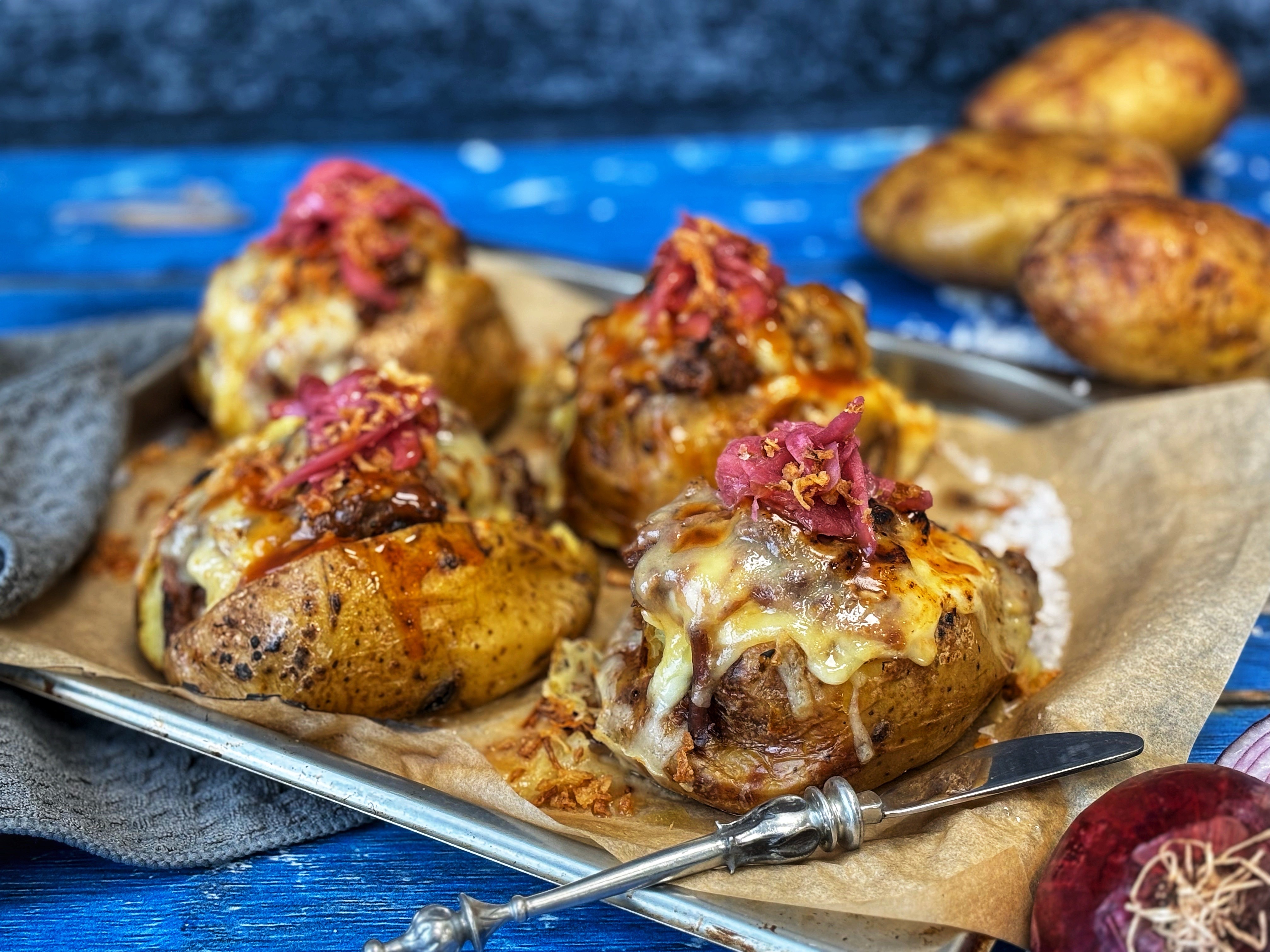BULK INGREDIENT HANDLING: ATTACHMENTS DESIGNED FOR EFFICIENCY, HYGIENE & SAFETY
Drawing on over five decades of materials handling expertise, Powys-based BFFF member Contact Attachments Ltd is supporting those across the sector to make the movement of bulk ingredients safer, cleaner and more efficient through its specialist forklift attachments.
Handling dry bulk ingredients such as sugar, flour, and grains presents unique challenges for manufacturers. Purpose-designed attachments help maintain hygiene, optimise workflow, and ensure compliance with food safety legislation – all while reducing material loss and downtime.
Mark Jones, Technical Sales Advisor at Contact Attachments, explains:
“Precision, reliability, and hygiene are essential when managing bulk ingredients. Standard equipment can struggle with powders and grains, leading to spillages, contamination, or operational delays. Our range of bulk handling attachments is designed to make the transportation of ingredients safer, faster, and cleaner across all types of food production facilities.”
- Grain Shovels – High-Capacity Handling for Loose Ingredients
Contact Attachments’ grain shovels are engineered for the efficient movement of lightweight, free-flowing materials such as cereals, sugar, and flour.
Manufactured from high-grade steel and available in stainless steel options for hygiene-critical zones, these attachments feature a contoured bucket design that enables quick loading and smooth discharge – reducing residue build-up and simplifying clean-down. Reinforced wear edges provide durability even under intensive use, while optional custom capacities ensure suitability for a variety of ingredient-handling tasks.
- Tipping Skips – Safe and Efficient Bulk Waste Management
Where large quantities of waste or by-product need to be handled, tipping skips provide a safe, controlled solution.
Contact Attachments’ range of self-tipping skips features automatic release mechanisms for smooth and reliable emptying, while safety chains and locking systems protect operators during use. Ideal for collecting spilled ingredients, packaging waste, or rejected materials, they help maintain tidy production areas and improve overall site safety.
Available in galvanized or powder-coated finishes – and with optional castor wheels for enhanced mobility – these skips are well-suited to busy production and storage environments where efficiency and hygiene go hand in hand.
- Bulk Handling Solutions – Tailored for Every Operation
In addition to its standard product range, Contact Attachments also supplies bespoke bulk handling solutions for the food and drink sector. From bulk bag lifters and high-capacity buckets to stainless-steel attachments for allergen-controlled zones, each solution is engineered to enhance operational efficiency and maintain compliance with hygiene and safety standards.
Hydraulic and corrosion-resistant options can be specified to meet the unique demands of washdown or moisture-prone environments, ensuring reliability and long service life even under intensive conditions.
- Protecting People, Product & Performance
Investing in the right attachment not only improves efficiency but also helps reduce manual handling – still one of the leading causes of workplace injury in the UK food and drink industry. Purpose-built solutions minimise lifting, enhance load stability, and ensure that ingredients are moved safely and cleanly across the production process.
“We’ve worked closely with businesses across the sector for decades,” Mark adds. “Whether it’s a grain mill, bakery, or ingredient blending facility, our goal is to help every customer find the right attachment to keep operations running efficiently, safely, and fully compliant.”
Contact Attachments Ltd has been supporting UK manufacturers for over 50 years and offers a wide range of standard and bespoke material handling solutions to the food and drink sector. Whether you’re handling dairy, beverages, or bulk ingredients, their team is on hand to help find the right solution for your specific needs. For more information, visit: www.forklift-attachments.co.uk or call 01686 611200.























